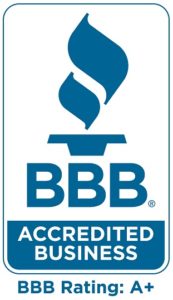Here at ARC Insulation, we know you want to do what’s best for your home. A big part of keeping your home comfortable in all seasons, and making sure that it’s using energy efficiently, is choosing the right insulation. In this article, our team of experts will go over some of the main types of insulation and the key differences between them so that you can make an informed decision for your property.


- Spray Foam Insulation- Where once the traditional fiberglass roll insulation was the most popular option, these days it’s starting to seem old-fashioned when compared to more modern alternatives like spray foam insulation. This type of insulation is made of polyurethane and is applied to the target area as a semi-liquid foam that then solidifies. Because of this, spray foam insulation is great for irregularly shaped areas or for insulating around obstructions. While this type of insulation may seem easy to apply, we at ARC Insulation strongly recommend going with a professional installation team to make sure it reaches every possible space.
- Cellulose Insulation- Another of the main types of insulation is cellulose insulation. This variety can be made of newspaper, straw, sawdust, cotton, or other organic materials that contain the compound cellulose. Cellulose insulation has been around since the 1950s, but didn’t become popular until around 20 years later, when manufacturers were able to add a flame retardant into the product to increase its safety.
- Blow-In Insulation- The last of the types of insulation that we’ll go over here is blow-in insulation. Technically, the cellulose insulation we covered above is a variety of blow-in insulation, but this type can also be made of fiberglass, wool, or even rock slag. Like the name suggests, this type of insulation is installed using an air pressure hose to blow chunks of the insulation into the designated area. Like spray foam insulation, all types of blow-in insulation are great for covering hard-to-reach corners or irregular areas, as well as adding an extra protective layer to existing insulation.
If you are interested in adding to your property’s insulation, just call our team at ARC Insulation to find out more about what type is right for you.











